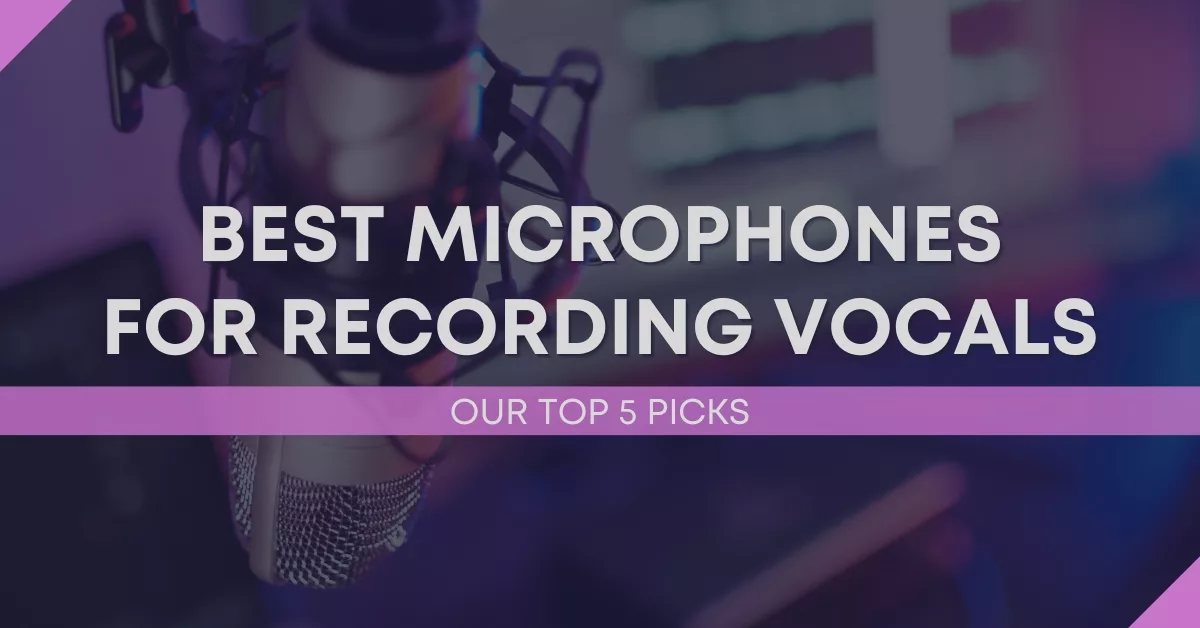
As a musician or sound engineer, selecting the appropriate microphone for recording vocals is one of the most critical decisions you'll make. The quality of the mic can have an immense effect on how well your recording sounds in the end. In this article, we'll take a look at five top microphones for vocal recordings in order of lowest price to highest price and explain why these five stand out from all others.
When shopping for a microphone for vocal recording, there are several important factors to take into account. Here are some of them:
Microphone Type: For vocal recording, there are various microphone types such as condenser, ribbon, and dynamic microphones. Each has its own advantages and drawbacks so it is essential to choose the right type of mic for your needs.
Polar Pattern: A microphone's polar pattern refers to how it picks up sound. There are various polar patterns available, including cardioid, omnidirectional and figure-eight. When recording in different environments, selecting the right polar pattern for your recording environment is key to getting the desired sound.
Frequency Response: A microphone's frequency response refers to the range of frequencies it can accurately capture. Different models have different responses, making some better suited for certain vocal types than others. For instance, flat responses are ideal when recording natural audio without coloration while a boosted midrange helps vocals stand out in a mix.
Sensitivity: A microphone's sensitivity refers to its ability to pick up quiet sounds. A more sensitive microphone may capture subtle vocal inflections, but it may also pick up unwanted background noise.
SPL Handling: Sound pressure level (SPL) handling refers to how well a microphone can handle loud sounds. If you plan on recording loud vocal performances or instruments, it's essential that you choose a microphone with good SPL handling.
Budget: Microphone prices can range widely, from budget-conscious options to high-end professional models. Before you begin shopping for a microphone, set yourself a budget so that you can find one that meets your needs without breaking the bank. NOTE: Though cheaper, don't consider a USB microphone for professional vocal recording.
Recording Environment: When selecting a microphone for vocal recording, the environment in which you plan to record is an important factor to consider. If recording somewhere with a lot of room noise, look for a mic with good noise rejection capabilities; on the other hand, if recording in small rooms with acoustical treatment, look for a mic that can capture a dry and uncolored sound.
By considering these factors, you can select a microphone that meets your individual recording requirements. Whether you're an experienced sound engineer or hobbyist musician, investing in quality equipment is essential for achieving your recording objectives.
Related Article: What Is The Microphone Proximity Effect And Why Should You Care?
Now that you know what to consider when choosing a microphone, lets talk about your options.
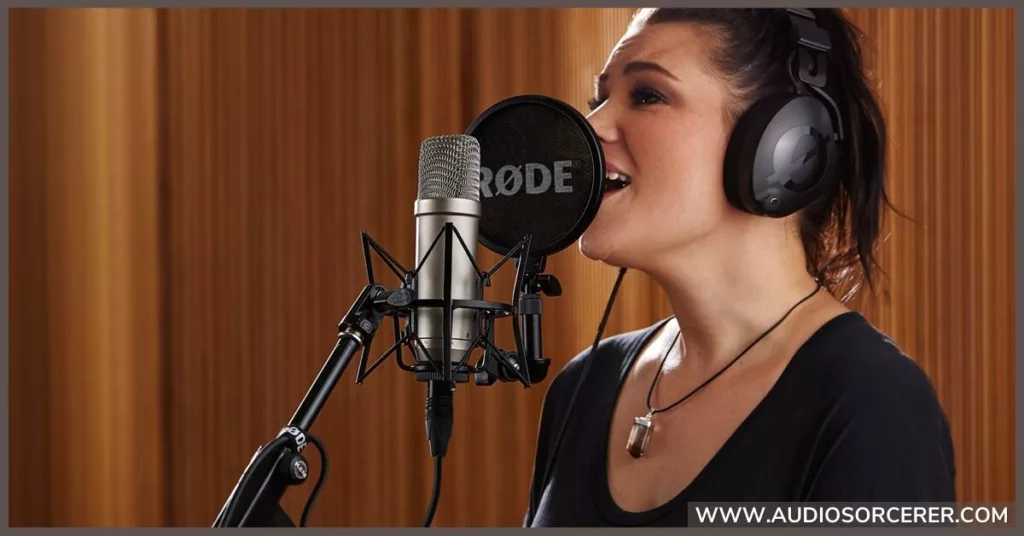
The Rode NT1 is an ideal microphone for recording vocals. It boasts a large diaphragm condenser, which captures all of the subtleties of human voice sound accurately. Plus, with its remarkably flat frequency response and very low self noise, this versatile microphone can be used in quiet environments too. It's perfect for vocals, guitar and drums alike!
One of the features that sets apart the Rode NT1 is its inclusion of both a shock mount and pop filter. The shock mount reduces mechanical noise picked up by the microphone, while the pop filter minimizes recorded plosives. These accessories are typically sold separately, but the fact that they come included with the Rode NT1 is a nice bonus.
Overall, the Rode NT1 is one of the best condenser mics for vocal recording at an affordable price point. While its fixed cardioid polar pattern and lack of advanced features may disappoint some users, it remains a great choice for those seeking pristine sound quality at this price point.
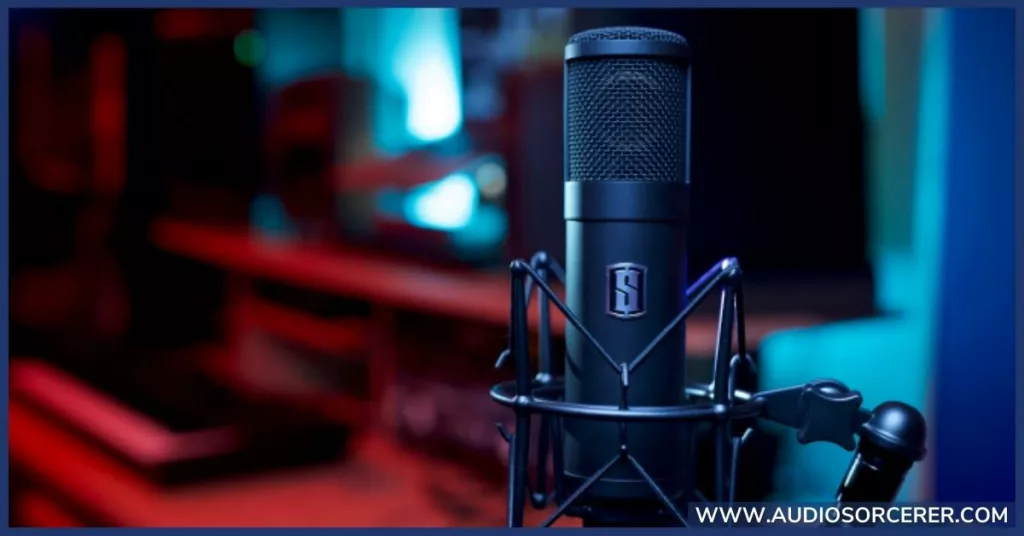
The Slate Digital VMS ML-1 is an innovative vocal mic that utilizes modeling technology to recreate the sound of classic microphones. With its included software plugin, users can choose from a selection of emulations such as AKG C12, Neumann U47 or Shure SM7B for example - giving them access to many different sounds with one microphone! This versatility makes this studio mic highly sought-after by professional sound engineers and producers.
The microphone itself features a large diaphragm and cardioid polar pattern, perfect for picking up sound from the front while rejecting sound from sides or rear. Its flat frequency response captures sound accurately without coloration or artifacting, making the Slate Digital VMS ML-1 an ideal choice for recording vocals if you need something that can provide various tones.
Overall, the Slate Digital VMS ML-1 is an incredibly versatile and powerful vocal microphone with unparalleled modeling capabilities. While additional hardware and software may be required to use it properly, its flat frequency response and low self-noise make it suitable for vocal recording applications. Additionally, its virtual microphone modeling capabilities let you experiment with a range of classic microphone sounds. The possibilities are endless with this microphone!
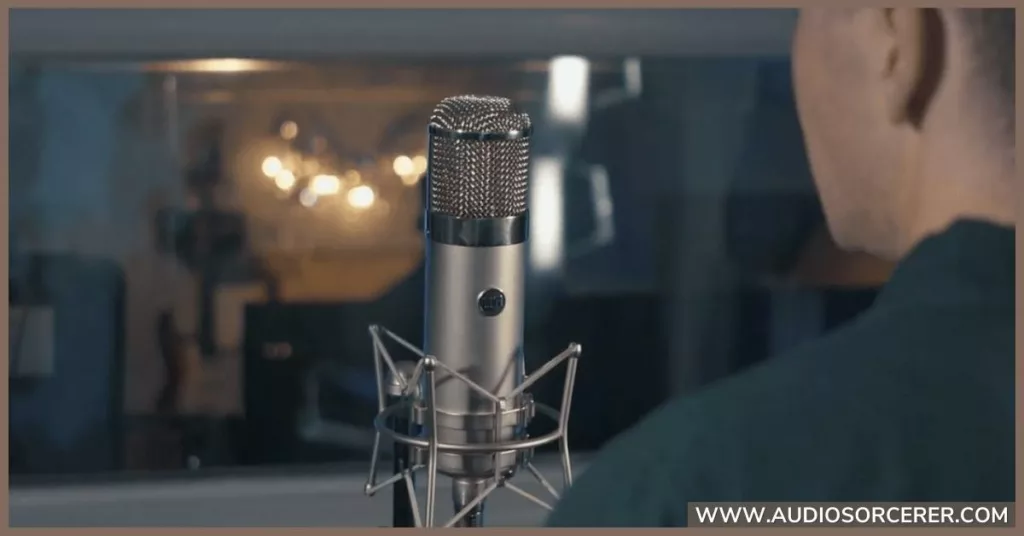
For those seeking a classic sound, when it comes to studio mics, the Warm Audio WA-47 is an excellent option. Modeled after the legendary Neumann U47 microphone (one of the best vocal mics ever), the WA-47 captures all of its warmth and character at a fraction of the cost.
The WA-47 is a condenser mic featuring a large diaphragm with 9 selectable polar patterns. With an enhanced frequency response in low frequencies, this mic produces a warm, vintage tone - ideal for recording vocals if you want something with that vintage character.
Overall, the Warm Audio WA-47 is one of the best vocal microphones for those who desire a classic-sounding condenser microphone without the high price tag of the original Neumann U 47. With its vintage-inspired design, multiple polar patterns, and warm sound quality, it can produce a top-notch recording for all acoustic instruments.
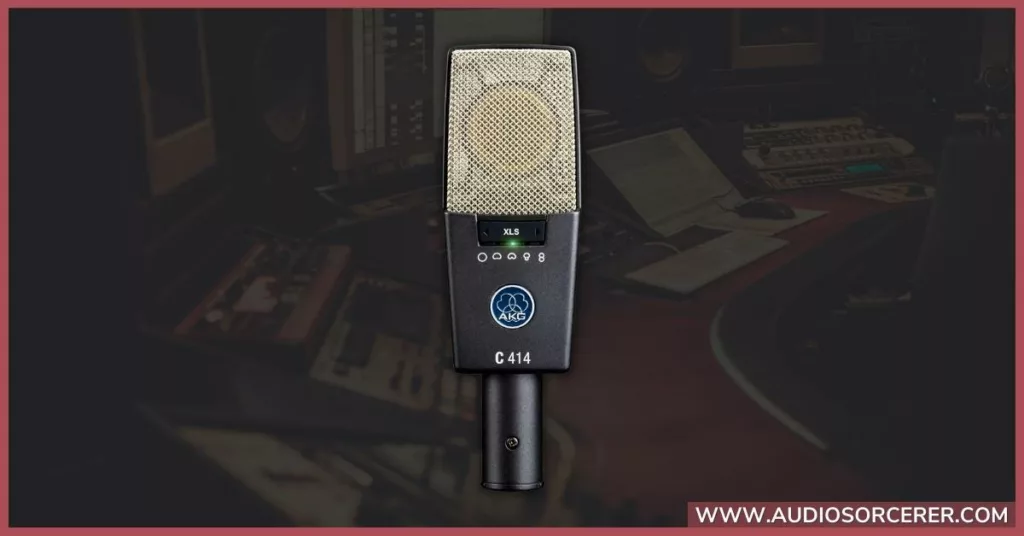
The AKG C414 XLII is a versatile studio mic that can be used for a variety of recording applications. It has nine polar patterns, including cardioid, hypercardioid, omnidirectional, and figure-eight, which means that you can choose the pattern that's best suited for the recording situation. The C414 XLII is a large diaphragm condenser microphone that has a midrange frequency bump, which means that it captures sound with the vocals in mind.
The microphone has a very low noise level, which means that it's great for recording in quiet environments. It also has a very high SPL handling, which means that it can handle very loud sound sources without distortion. The AKG C414 XLII is one of the best choices for recording vocals with its patented microphone sound.
The AKG C414 is an ideal option for those looking for the perfect recording microphone. With it's emphasis on vocal frequencies, large collection of polar patterns, and top-notch sound quality, you can expect this microphone to capture sound waves as good as the best.
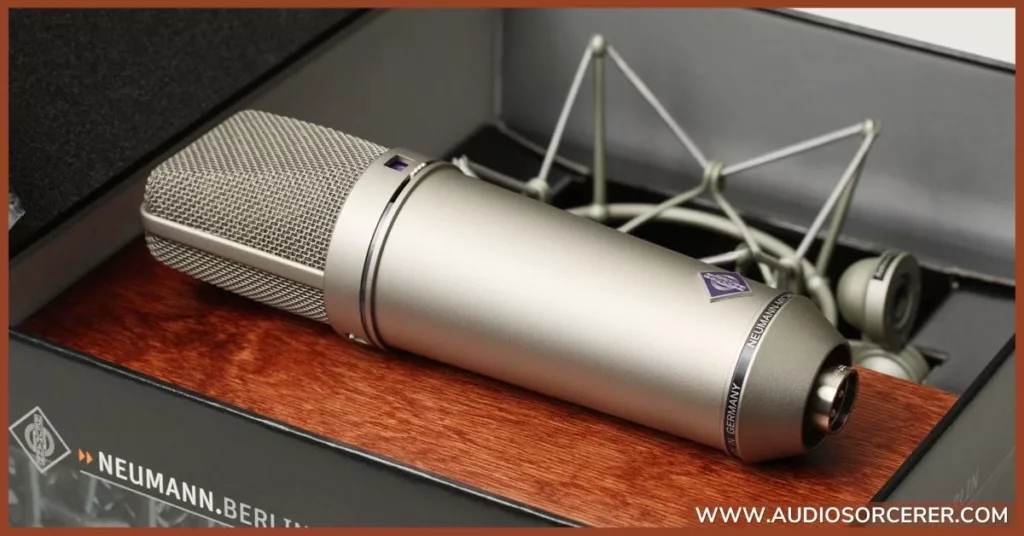
The Neumann U 87 is a legendary mic used on many recordings. It's a large diaphragm condenser microphone with switchable polar patterns - you can choose between omnidirectional, cardioid or figure-eight patterns - making it highly versatile and ideal for various recording tasks.
The U 87 is widely considered one of the finest condenser microphones ever designed for recording vocals. With a frequency bump around 5 kHz and above, it adds an extra layer of presence and clarity for any singer. Furthermore, its strong build means it should last you a lifetime if taken care of properly.
It's unlikely to find a professional recording studio who doesn't own a Neumann U 87 microphone.
Overall, the Neumann U 87 is widely regarded as a classic and high-quality microphone for vocal recording. Its warm sound, selectable polar patterns, and high SPL handling make it suitable for any recording situation. Although it comes at a hefty price point, its quality and reputation make it a worthwhile investment for professional studios and serious recording enthusiasts.
Related Article: The Top 5 Best Mics For Podcasting | Professional Options For All Budgets
In conclusion, the Rode NT1, Slate Digital VMS ML-1, Warm Audio WA-47, AKG C414 XLII and Neumann U 87 are some of the top microphones for recording vocals on the market. Each has its own advantages and drawbacks but they all make excellent choices for anyone looking to record vocals.
When selecting a microphone for vocal recording, it's essential to take into account your recording environment, desired sound, and budget. All of the microphones on this list are high-quality options but differ in terms of price and features. Ultimately, the best microphone for recording vocals will depend on your individual needs and preferences.
By selecting the ideal microphone for the job, you can accurately capture and showcase the unique qualities of human voice recordings, creating recordings that are both expressive and captivating. Whether you're a professional sound engineer or musician recording from home, investing in quality microphones is an essential step towards achieving your recording objectives.
"Some of the links within this article are affiliate links. These links are from various companies such as Amazon. This means if you click on any of these links and purchase the item or service, I will receive an affiliate commission. This is at no cost to you and the money gets invested back into Audio Sorcerer LLC."